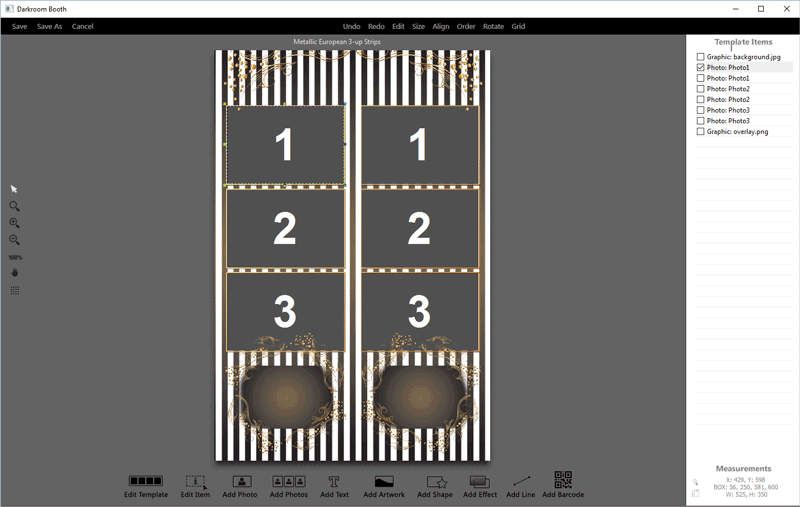
Today’s modern cassette-sized detectors fit within existing bucky trays and pave the way for upgrading from analog to DR. For example, older fixed detectors were large and required significant space within the X-ray table.

#Darkroom booth 2 system requirements software
But the lifespan of digital systems are limited by the computer software and components that can be obsolete in just a few years.Īlso, digital flat panel detectors have evolved rapidly impacting equipment design over the past 10 years. With analog equipment, it was possible to retain the same equipment for a longer period of time. Or you’re having trouble finding replacement parts. Your equipment might be functioning but it’s too old to accommodate the newest technologies that can help reduce dose. Some room changes are driven by aging imaging equipment. Imaging equipment drives room requirements And a critical patient will require multiple doctors, nurses, respiratory and other staff. For ED and trauma, you want as large a room as possible to accommodate stretchers and beds. We also make sure the room can be easily and quickly cleaned. It requires counters and tables that can take a lot of abuse without showing it. Like other hospitals, it needs to support a lot of traffic 24/7. Imaging for the ED has its own challenges. And we try to accommodate the preferences of our doctors, such as which side of the table they like to work from, when possible. Of course, we also have to consider room lighting and temperature. Rotating tables make the move within the room easier, too. These procedures require numerous line placements and ideally a room with a CT in it so patients don’t have to be moved from one room to the next. Not a day goes by when we are not doing draining or performing a biopsy. Interventional procedures are on the rise and they also have their own set of radiology room requirements. For our CT scanner, we swap out our existing table for a wider and heavier one to accommodate larger patients, but of course this impacts space and movement in the room. Some manufacturers have x-ray tables that can accommodate patients up to 705 lbs without losing important functionality such as table top movement. Their advanced weight and limitation of movement – even prior to surgery – also have an impact on rad rooms and equipment. For example, bariatric patients require equipment to check for leaks and blockages. Post-op patients coming directly from the OR have their own special protocols. OR, IR, and ED have special rad room requirements, too So ample size, room to maneuver, and strategic placement of devices is paramount for inpatient medical imaging. A neuro procedure, for example, could require 10 people in the room. Next, you need to factor in the number of staff members which can include MDs, physician assistants, and residents if you are a teaching facility like ours. Doctors and other attending care professionals need easy access to kits, implants and other devices, and patient monitoring pumps.

They might be tethered to ventilators and multiple pumps. These patients might need anesthesia and special gases. Rooms need to be large enough to handle the critical care patients who come down for special exams. Imaging for the inpatient side of operations is especially complicated. In addition, we have a CT, MRI, and ultrasound system. To meet our population’s imaging needs, we have two fluoroscopy rooms, a general imaging room, and two imaging rooms for our emergency department.

#Darkroom booth 2 system requirements full
Located in Mineola, NY, we offer a full complement of inpatient and outpatient services. Winthrop University Hospital is a 591-bed university-affiliated medical center that offers sophisticated diagnostic and therapeutic care in virtually every specialty and subspecialty of medicine and surgery. Yet they must be somewhat fluid to accommodate advances in imaging technology and new procedures that have a host of associated equipment. Imaging rooms require solid construction to support 1,000 pound overhead tube cranes as well as lead linings to contain x-ray scatter. Radiology room requirements are a paradox. Reading Time: 7 minutes read Balancing patient populations with changes in procedures and equipment.īy Rick Perez, Administrative Director, Winthrop University Hospital’s Department.


 0 kommentar(er)
0 kommentar(er)
